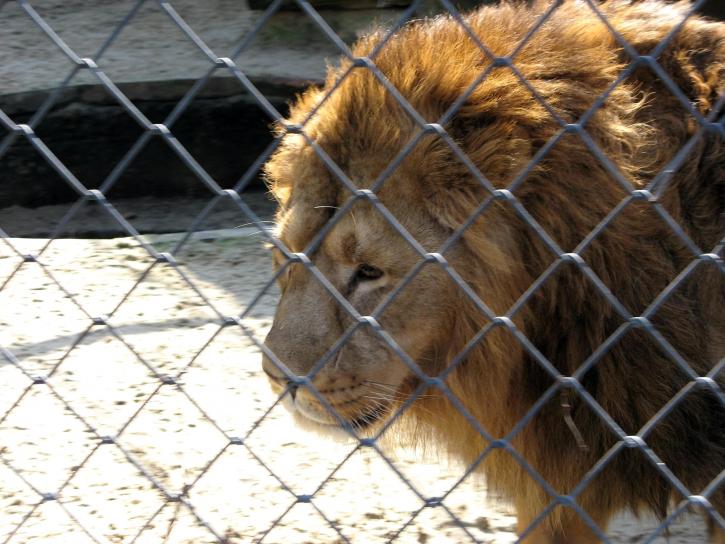Our holiday destinations change as we go through different life stages and when you have children, you tend to pick child-friendly places and experiences. A few years ago, I visited the New York zoo with my family, and I was shocked to learn something about the life of captive animals – animals in zoos are not allowed to mate freely. This natural and basic instinct of animals is curbed because the zoo has to ensure that the population of a particular species does not increase beyond a fixed target. Larger numbers lead to forced euthanasia of animals.
There was another incident that occurred during my time in New York. The US Mexico border wall was in the news and there were a lot of conversations around it. One of the talking points was the potential impact on wildlife and sensitive ecological areas. As a global citizen and animal lover, these incidents drive one to think about humanity’s role and responsibilities in protecting animals.
Human-animal conflict
Human beings make up a mere 0.01% of the living beings on the earth’s surface, and yet we are responsible for the imbalance in natural ecosystems today. We have encroached upon what was once the sole preserve of animals. We have invaded their habitats and modified them to suit our convenience.
At times it seems that the human-animal conflict zone covers the entire planet. Even the vast oceans are a part of the war zone. The Great Pacific Garbage Patch is a floating island of millions of tonnes of plastics and garbage that is bigger than most European countries. The detrimental impact on marine life is incalculable.
It is clear that the cost of human civilisation is borne by the entire living kingdom.
Around the world, species after species of animals are disappearing at an alarming pace. Even protected species – for instance, India’s tigers and elephants – are losing out in the unremitting human-animal conflict. I was shocked to read that over 100 tigers and 80 elephants are killed every year in India because of poaching or when they stray into populated areas.
A role for all of us
To reduce human-animal conflict, it is critical that all of us do what we can to protect the rights of non-human species to co-exist with us on the planet. We all have a role to play.
The government plays a gigantic role in biodiversity conservation – through national parks and sanctuaries that help preserve India’s unique animal species. But there is much more that can be done. The time has come to make better use of technology, such as tagging, camera trapping and e-surveillance, to give endangered species a fighting chance.
Local communities also have an important contribution. India’s tribals and Adivasis have lived in and off the forests for centuries, co-existing with the animal kingdom. We need to tap into the collective wisdom of India’s tribals to find new ways of restoring harmony. Their knowledge can be a big support in boosting conservation efforts.
India’s business sector can also help drive conservation. India is the first country in the world to make corporate social responsibility mandatory. Along with environmental initiatives such as rainwater harvesting and waste management, companies can make animal conservation a part of their CSR portfolio.
We need more concerned citizens to support the cause of biodiversity. Environmental conservation should be a conversation piece in as many forums as possible. Take vacations, for instance. A growing interest in eco-tourism among younger travellers is a good sign as it promotes a much-needed responsible travel mindset. Each of us can make an impact.
I believe that harmonious co-existence with the animal kingdom is the only way to sustain and grow the natural environment we all owe our lives to. It is critical for the survival of the human race and our only true legacy to our children.
Views of the author are personal and do not necessarily represent the website’s views.
 The author is an active member of many professional societies and is a thought leader on marketing, loyalty programme design and development, strategic planning, airline revenue management and CRM. He has extensive practical, hands-on experience working in the USA, Canada and India.
The author is an active member of many professional societies and is a thought leader on marketing, loyalty programme design and development, strategic planning, airline revenue management and CRM. He has extensive practical, hands-on experience working in the USA, Canada and India.
Thank you for reading the column until the very end. We appreciate the time you have given us. In addition, your thoughts and inputs will genuinely make a difference to us. Please do drop in a line and help us do better.
Regards,
The CSR Journal Team


